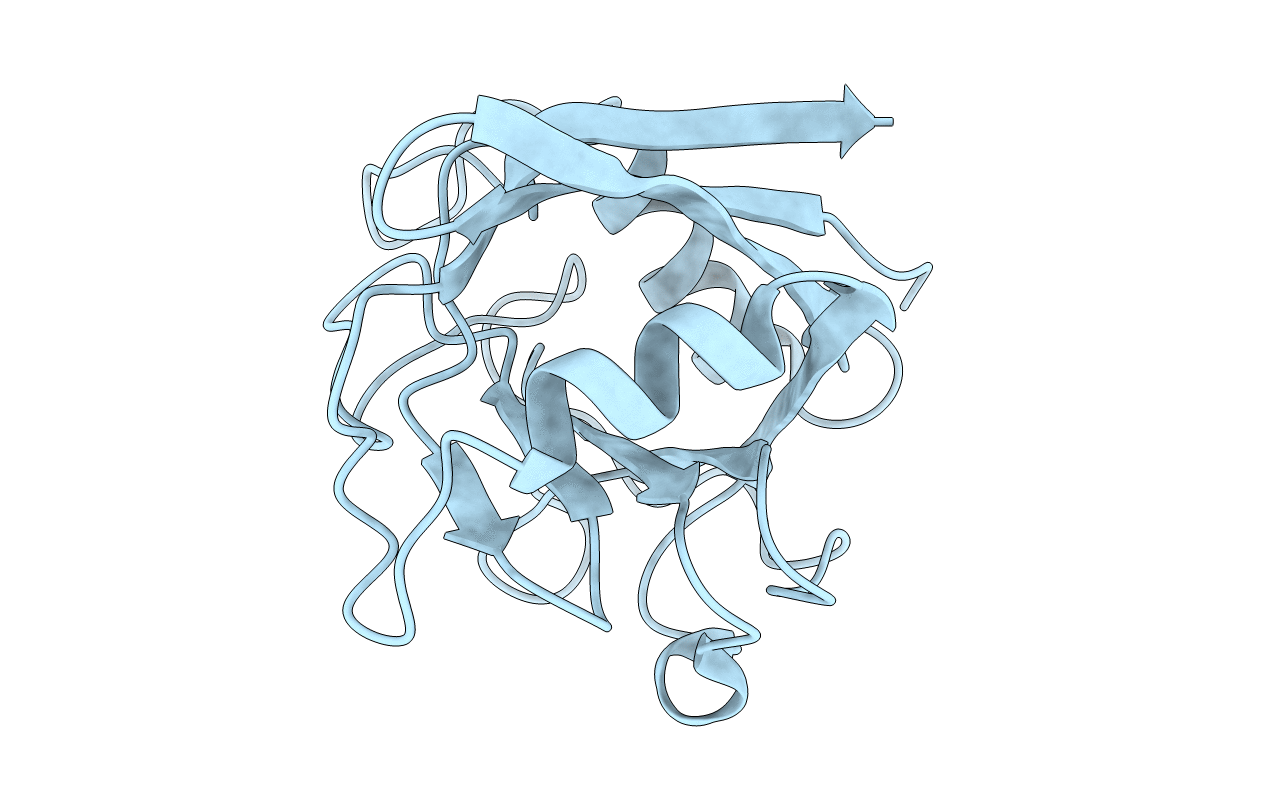
Deposition Date
2000-02-10
Release Date
2000-06-22
Last Version Date
2023-12-06
Entry Detail
PDB ID:
1DYW
Keywords:
Title:
Biochemical and structural characterization of a divergent loop cyclophilin from Caenorhabditis elegans
Biological Source:
Source Organism:
CAENORHABDITIS ELEGANS (Taxon ID: 6239)
Host Organism:
Method Details:
Experimental Method:
Resolution:
1.80 Å
R-Value Free:
0.28
R-Value Observed:
0.21
Space Group:
P 41 21 2


